The history of Tomb Raider
Retro Gamer talks to the developers behind the classic action adventure series.
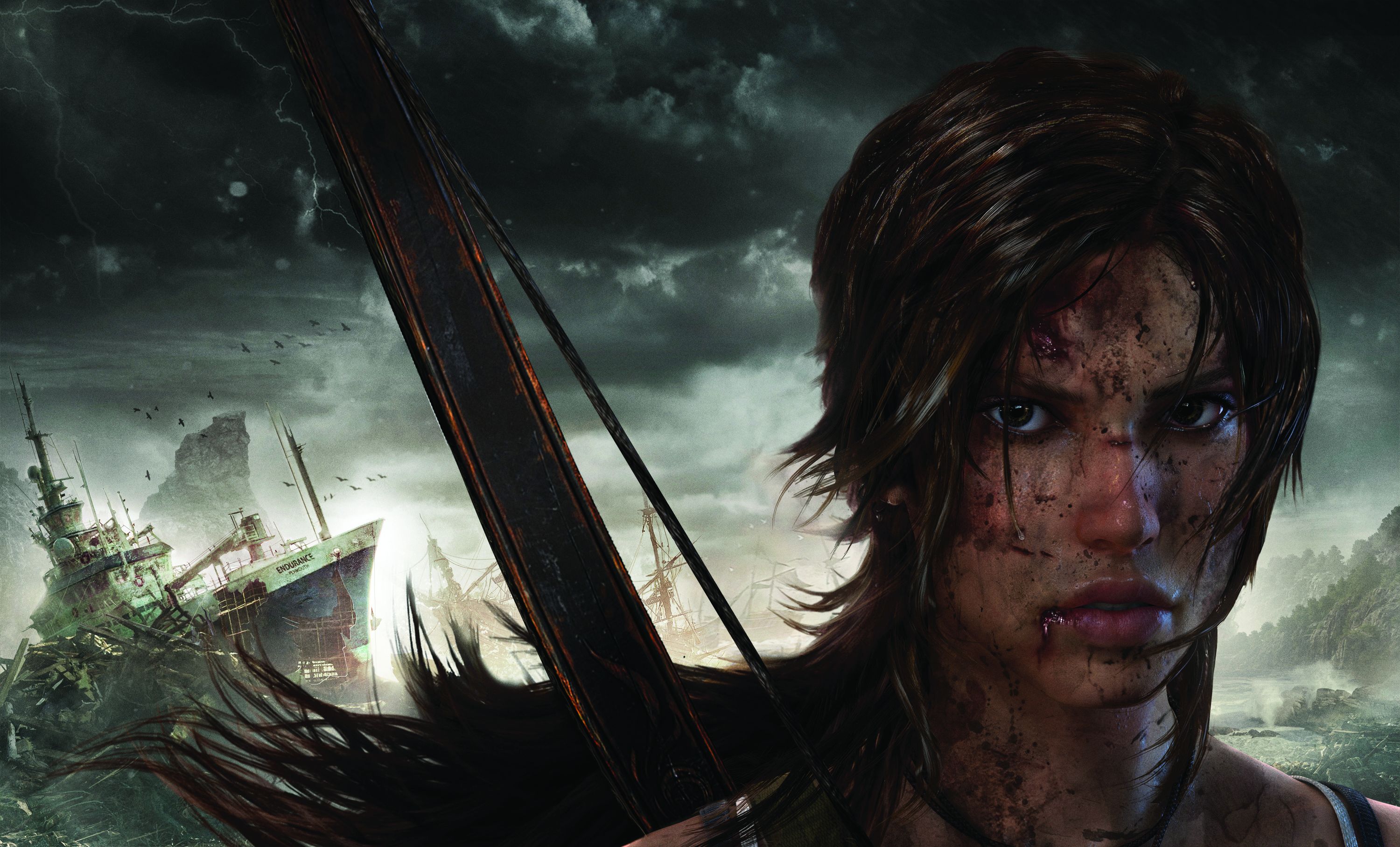
Tomb Raider II was another critical and commercial success, surpassing the sales of the original. Plans were set into motion for Tomb Raider III, but this time most of the original team opted to move onto a new project. "Knowing you were leaving a big-seller along with the royalty cheques felt a bit of a silly move," Stuart recalls, "but our team wanted at least two years to develop Tomb Raider III—to really move it on, but the producers wanted it done in a year. For those who had done that for two consecutive years already it was just too much."
Luckily, the expansion of the team during Tomb Raider II provided new blood to carry the series forward. "I was finishing up creating some (unused) multiplayer levels for Fighting Force when I heard they needed FMV help on Tomb Raider II, so I offered up my services, as I was starting to see multiplayer arenas in my sleep," recalls Andy Sandham, who would follow up this involvement with level design from Tomb Raider III onwards. "My task on Tomb Raider II was to blow up the Great Wall Of China, if I remember. That was my introduction to the time-honoured Tomb Raider tradition of the willy-nilly decimation of historical sites and the laissez-faire gunning down of endangered species."
Upon its release in 1998, Tomb Raider III didn't fare as well as its predecessors, but remained a high-performing title all the same, shifting well over six million copies.
Another newcomer to the Tomb Raider III team was Peter Connelly, who would stick with the series for the rest of the Core Design era. Like many of the newcomers, he was excited to be on the team. "My first real experience [with the series] was playing Tomb Raider II," remembers the musician. "I had bought it for someone for Christmas and we were playing it extensively on Christmas Day evening. What I remember most about this was wishing I was working on such a game. Nine months later, I was working at Core Design." Though his contribution to the third game was small, Peter would become the series' main musician from the fourth game onwards.
Tomb Raider III started to branch out into new areas, and particularly more action-oriented gameplay. The addition of sprint button was useful for outrunning enemies, and new enemy AI allowed for the bad guys to call for reinforcements and shut off rooms, necessitating a stealthier approach. Meanwhile, dangerous terrain additions were made including quicksand and water with deadly currents. The other big change was the addition of a non-linear structure—while players started in India and finished in Antarctica, adventures in London, Nevada and a South Pacific island could be tackled in any order.
Upon its release in 1998, Tomb Raider III didn't fare as well as its predecessors, but remained a high-performing title all the same, shifting well over six million copies—meaning that another sequel was guaranteed for 1999. For Andy, that meant a new opportunity. "When Vicky (scriptwriter on TRI-III) jumped ship after Tomb Raider III, there was a gap to fill and I jumped into it, with a view to writing ‘movie-style' TR games."
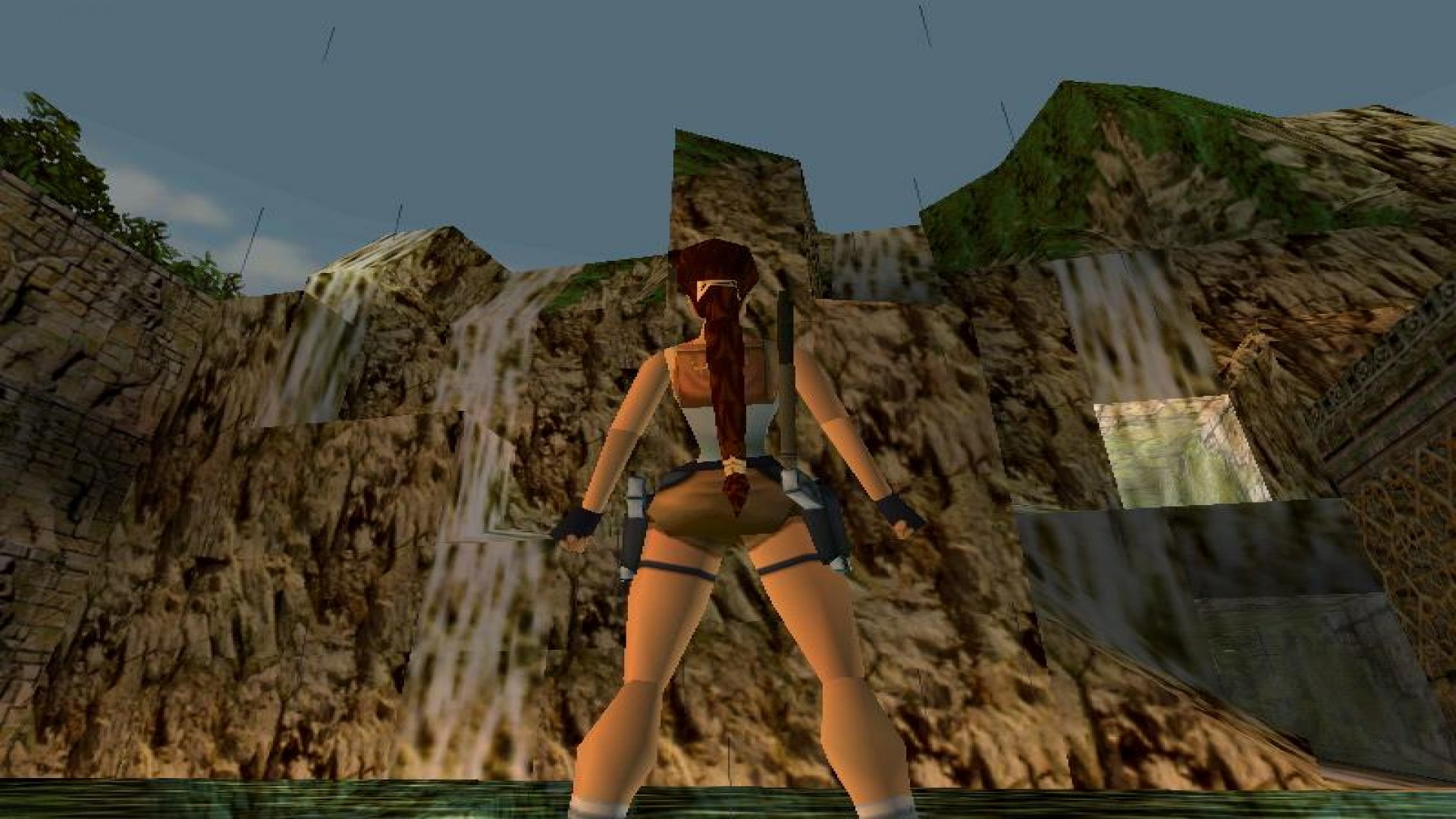
"For story, we'd choose our levels first—for our team, the first and most important part of any Tomb Raider game was the ‘buying books on ancient civilisations' and phase, to cement ideas that would result in a rough plot that I'd have to shape into something coherent," Andy continues. "I was reminded the other day that the next stage after this would basically be the whole team queuing up at the office scanner, coffee table history books in hand, waiting to digitise our next level texture."
Tomb Raider: The Last Revelation introduced more of Lara Croft's history through a chapter showing a younger version of the protagonist on an early adventure with mentor/rival Werner Von Croy. Though it enjoyed a slightly more positive critical reception than its predecessor, The Last Revelation was perhaps the first real indicator that interest in the series was waning—it was the lowest sales tally for a Tomb Raider game so far despite the addition of the Dreamcast as a third platform. However, management was concerned about The Last Revelation for an entirely different reason.
Keep up to date with the most important stories and the best deals, as picked by the PC Gamer team.
As the fourth release in four years, it was inevitable that creative fatigue had set in during Tomb Raider: The Last Revelation. However, the way it was expressed was a shock to players around the world. "We all wanted to kill Lara," says Andy. "Looking at Lara's avatar all day every day for two years was about as much as some of us could take. Management were pretty hands off, so for two weeks, we hatched this plan to kill Lara, and followed it through to fruition." Indeed, the game ends with Lara entombed under a collapsed pyramid entrance, a dramatic and perhaps poetic end for the adventurer.
Of course, the team wasn't going to get away with killing the company's golden goose. "By ‘fruition' I mean [Jeremy Heath-Smith, Core Design CEO] finding out we had killed her and it was too far gone to reverse it, and taking us into his office and shouting at us." Andy recalls. "We backtracked quickly, but not without paying penance by having to make another game set in all the ropey bits we had cut out of previous games, which became Tomb Raider Chronicles." In order to tie these pieces together, Tomb Raider Chronicles shook up the storytelling structure of the series—instead of a linear narrative focusing on a single adventure, the game was themed around Lara Croft's funeral. Gathered mourners recounted tales of her past adventures. By this point few additions were made to gameplay—Lara gained access to a grappling hook, as well as tightrope walking and the ability to swing from horizontal bars.
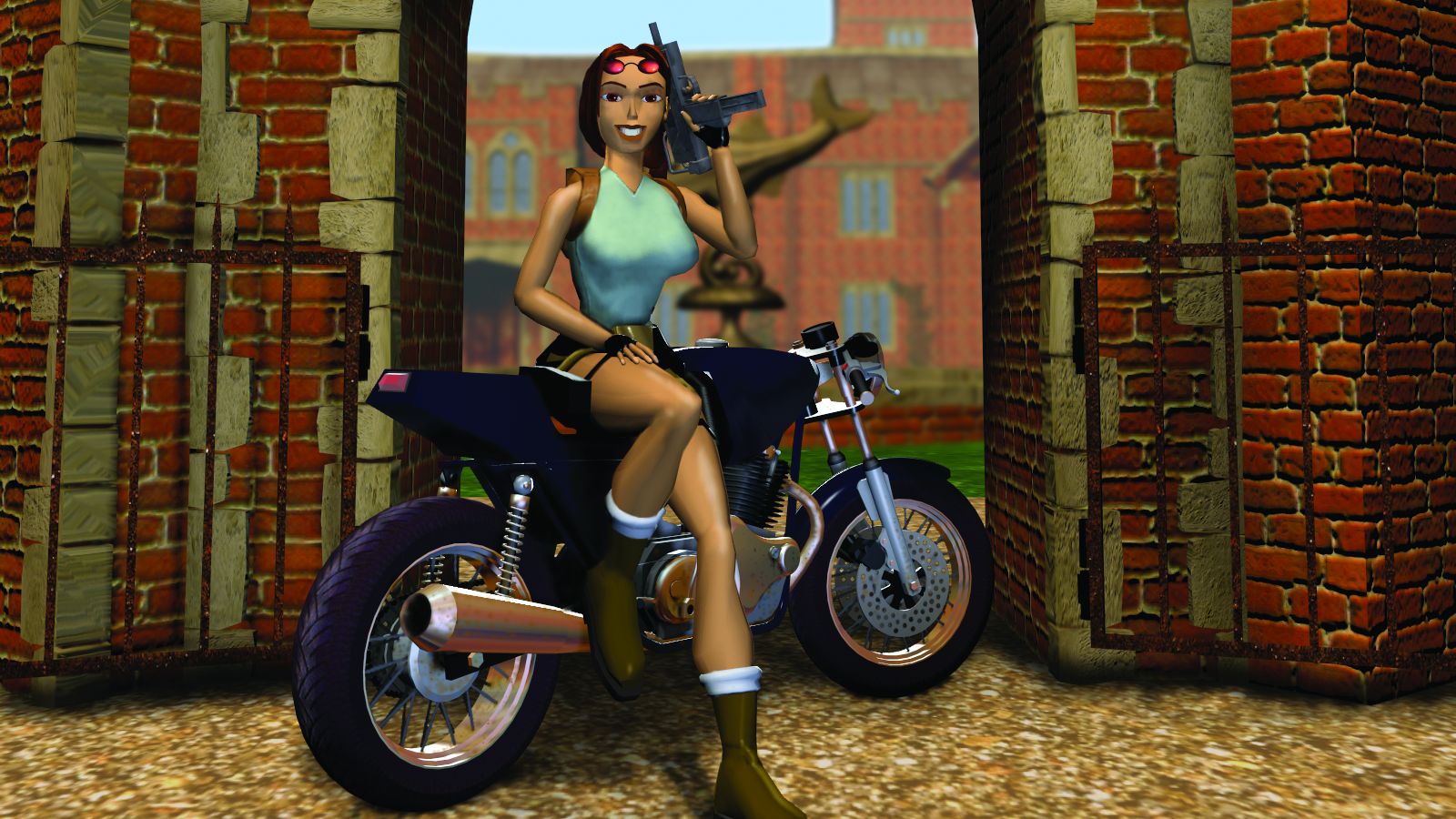
The Tomb Raider engine was beginning to feel very dated, though, as the yearly release schedule hadn't permitted significant alterations. What's more, the team that had seen fit to kill Lara Croft was still in charge and no happier with the situation. "That lack of enthusiasm showed in the final product," Andy notes with some regret. "The only person on the team that was still happy was Phil, the animator, who spent all day animating Lara being slaughtered in new novel traps and enemy attacks." When Tomb Raider Chronicles arrived in 2000, it was to the least enthusiastic critical response so far, and sales were drastically lower than those of The Last Revelation at just one and a half million copies. With a burnt-out team having pushed out five games in five years, it's fair to say that the original Tomb Raider model had been well and truly exhausted.
However, from the outside the series couldn't have seemed to be in a better position. Angelina Jolie had been tapped up to star as Lara Croft in a Tomb Raider movie, and there was a new hope for the games around the corner in the form of the PlayStation 2. With new technology, the team would have a chance to revamp the gameplay of the series. Stealth and hand-to-hand combat would play a big part in the new adventure, as would the new playable character, Kurtis Trent.
With a burnt-out team having pushed out five games in five years, it's fair to say that the original Tomb Raider model had been well and truly exhausted.
Along with the new technology came another set of new staff, with a hunger to work on such a huge project. "I was thrilled, daunted, overwhelmed (almost), delighted, panicked, hyper and exhilarated," recalls Murti Schofield, a writer who had joined Core from Psygnosis. "I was also determined to give this opportunity everything I could. This was a writer's dream. El Dorado. The Alchemists' stone. The Grail. The ketchup on the bun of life. So, how did I feel? Determined."
"My first experience of working on Tomb Raider was to be sat with a pencil and paper and to be instructed to simply draw out whatever ideas came into my head as long as they were Lara Croft-related," recalls concept artist James Kenny. "I had at that time zero experience of the game, film or television industries and had been recruited by Core Design straight from studying animation in Ballyfermot Senior College in Dublin."
Initially, things seemed to be going well. "As with most games I've worked on over the years, there are usually delays and issues that contribute to stalling a release and, as Angel Of Darkness wasn't like the previous Tomb Raider games, i.e. they were released exactly one year apart, I wasn't that phased that things were dragging on," says Peter. Unfortunately, the combination of a large team, an over-ambitious design and a management structure ill-equipped to deal with the task quickly drove the project off the rails.
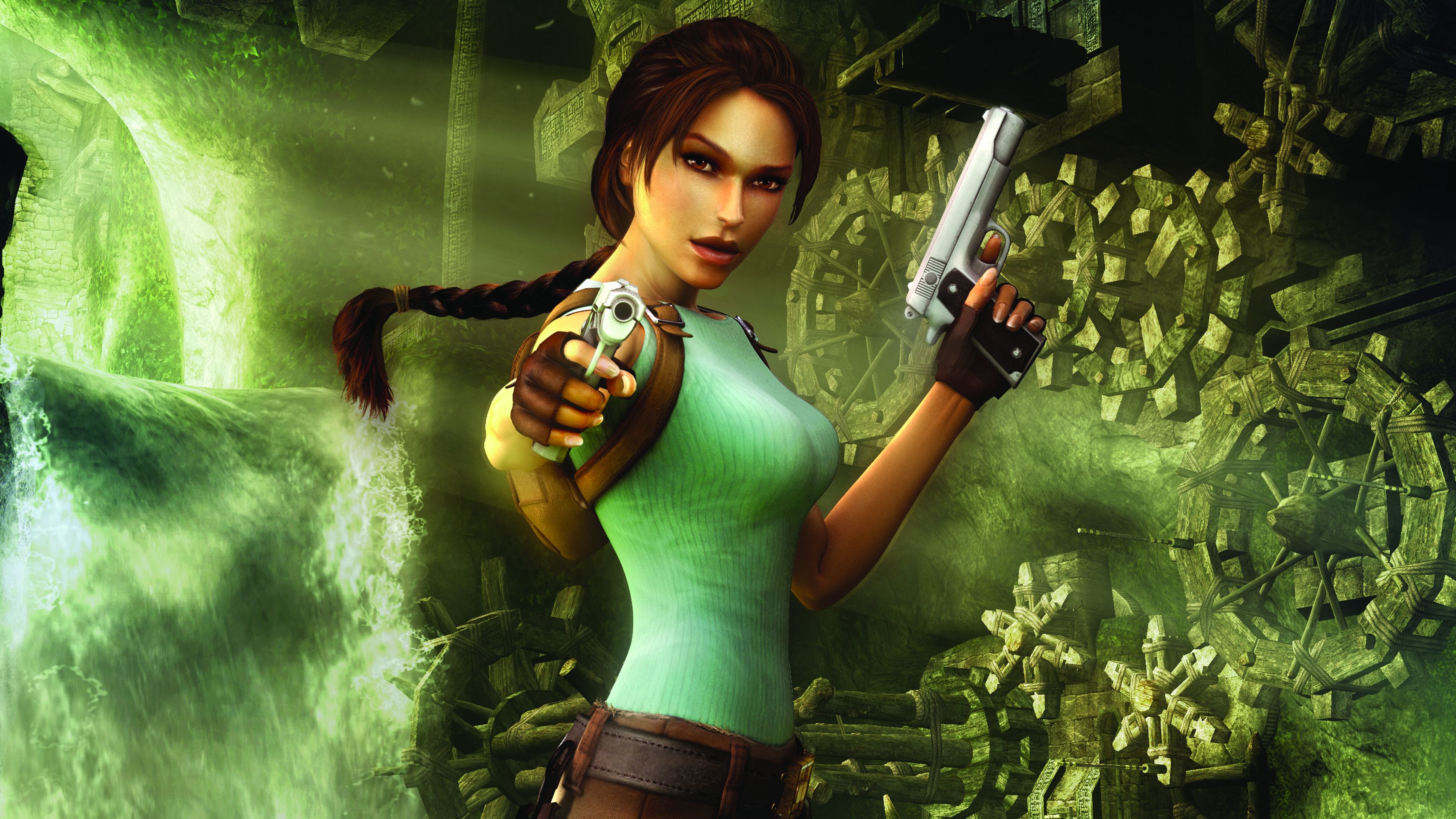
"The step up to the PlayStation 2 and the complexity that would engender was not properly envisioned by anyone at Core at that time," says James. "Also I think there was a desire to change the direction of the games in a narrative and gameplay sense and there was pressure coming from the developments in other gaming franchises." For Murti, the situation was extraordinary. "There was just so much that went wrong and the pressures were awful; I don't mean ordinary, standard industry pressures but the sense that the ship was slipping into the maelstrom and no one knew what to do. We knew things weren't going well. The game wasn't right. Deadlines kept breaking over our heads and still things were not right."
After many delays, Tomb Raider: Angel Of Darkness arrived in 2003 with much of the intended game design left on the cutting room floor. Despite selling two and a half million copies, it was given a critical kicking and is considered the lowest point in the series. With dissatisfaction rife amongst both fans and shareholders, Eidos took drastic action and removed Tomb Raider from Core Design. "As a board of directors, we did not take that decision lightly," explains Ian. "Core Design had done an incredible job in developing a new title year-on-year from 1996 to 2000. Then along came PS2 and with its new tech challenges which Core Design struggled with for too long. Instead of it being another hit in the series, Angel Of Darkness was not far short of a disaster when it came out in 2003. Sales were below expectation and development of Tomb Raider was moved to Crystal Dynamics. For a UK company, moving the development of its prized asset from Derby to California was a big decision to make but, as it turned out, absolutely the right one to make."
History has vindicated the decision—under the care of Crystal Dynamics, the series has returned to form critically and commercially. However, from an outsider's perspective it seems like a harsh decision, especially as Core Design had only produced one truly bad Tomb Raider game. Surely the tens of millions sales it had generated prior entitled Core to another crack of the whip? "Many on the development team at Core had enough. Some were burned out and wanted to work on new games. It was definitely time for change," Ian responds. "But nobody should ever take away or diminish the contribution that Core Design made in not just creating Tomb Raider, but making it an iconic franchise."
Murti agrees. "If Core had been given another chance would it have been different? Who knows," he ponders. "It would have required a restructuring of management practices and a shake-up—which seemed unlikely. And with the benefit of hindsight it was time for someone else to take Miss Croft's future in hand."
Over at Crystal Dynamics, the team had been working on the well-regarded Legacy Of Kain 3D action-adventure games for some time, but getting the Tomb Raider job was a big shock. "For us, there was a sense of, ‘Oh my gosh!' Tomb Raider was such a big franchise with so many fans—if we want to take something like that on, we'd have to do it so right, so it felt very much like a high-stakes proposition" recalls Noah Hughes, creative director at Crystal Dynamics. "But it came up more as an opportunity, with Eidos saying, ‘Hey, would you guys be interested in working with this character?' From that perspective it was exciting, as it fit comfortably with our desire to create experiences that blended a lot of stuff—environmental exploration, combat and puzzle-solving."
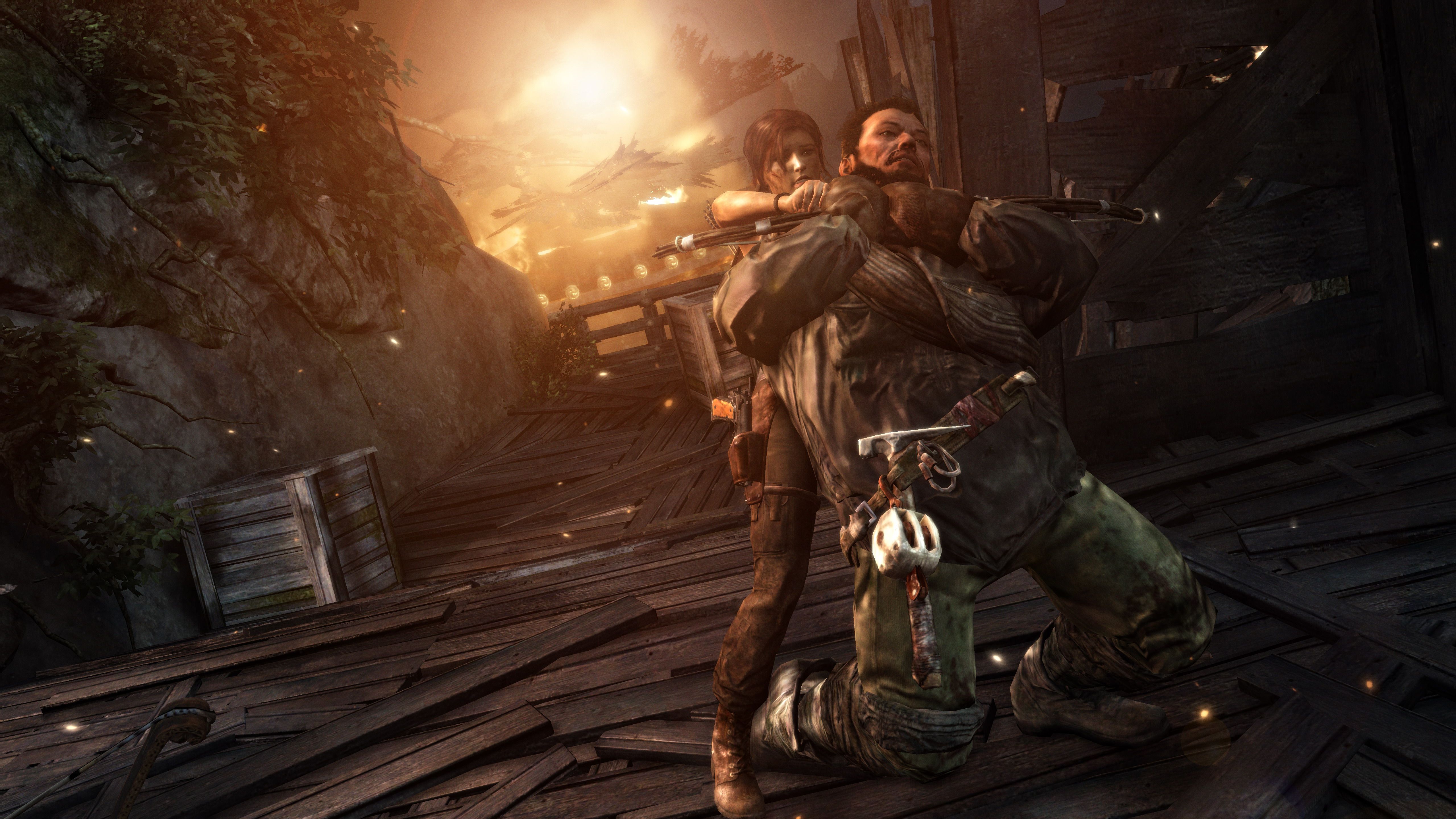
In developing Tomb Raider: Legend, the first game of the Crystal Dynamics era, it was important for the team to establish which aspects of the existing games they wished to retain. "Lara's intellect and puzzle-solving, we wanted to keep both of those," Noah offers as an example. "Additionally we felt that traversal and exploration were important, these platforming elements—how could we provide a traversal toolset to make the world a jungle gym? And, of course, the sense that around each corner there might be a surprise, even the less noticeable corners could hold a secret. Also a combat system of sorts, the dual pistols are part of Lara's iconography, but focused on agility rather than a brute-force flavour of combat." There was one more significant element that the team homed in on, too. "We called it ‘flair' at the time—things like the handstand, so you could express yourself as a character with moves that weren't critical to progression."
During the Tomb Raider: Legend era, Meagan Marie was just a fan of Tomb Raider, but today she is Crystal Dynamics' community manager for Tomb Raider and the author of the official history guide, 20 Years Of Tomb Raider, giving a unique perspective on the development of the series. "I love Keeley Hawes [as Lara] especially, I love how quippy and sarcastic she was—she might be one of my favourite voice actresses," she notes. "I also enjoyed the fluidity in combat, the acrobatics—that's something that Crystal Dynamics pushed as a way to differentiate itself from Core and leave its mark on the franchise. Moving away from the grid-based movement and moving towards very fluid traversal, fluid combat, and that was something I remember being very impressed with."
In order to make sure the team got things right, Toby Gard was brought into the fold as a consultant. "It was great to have Toby because he was so intimate with her design, and it gave us the ability to be a bit more bold as we explored different options, but we had insight as to where we were losing that core DNA," Noah explains. "So from a character design perspective he was a great resource, and he became very involved in the story—I'm not sure if he has a writing credit, but I know he and Eric Lindstrom worked closely together. We were trying to bridge two canons, the Core games and the movies which had gained popularity, so it was another case where having Toby's insight into what was ‘evolving' versus what was ‘breaking' was important. Even to this day I'm grateful for having that overlap with Toby, because it gave us insight and the confidence to find our way without completely copying and pasting."
The results were an immediate vindication of the decision to go with Crystal Dynamics. The critical reception and sales of Tomb Raider: Legend were a marked improvement over the last couple of games, with four-and-a-half-million copies sold. That success ensured that two follow-up titles went into production, and Crystal Dynamics began to focus on the past, present and future of Tomb Raider. Although it didn't seem necessary at the time, Lara Croft's reinvention was going to become important.
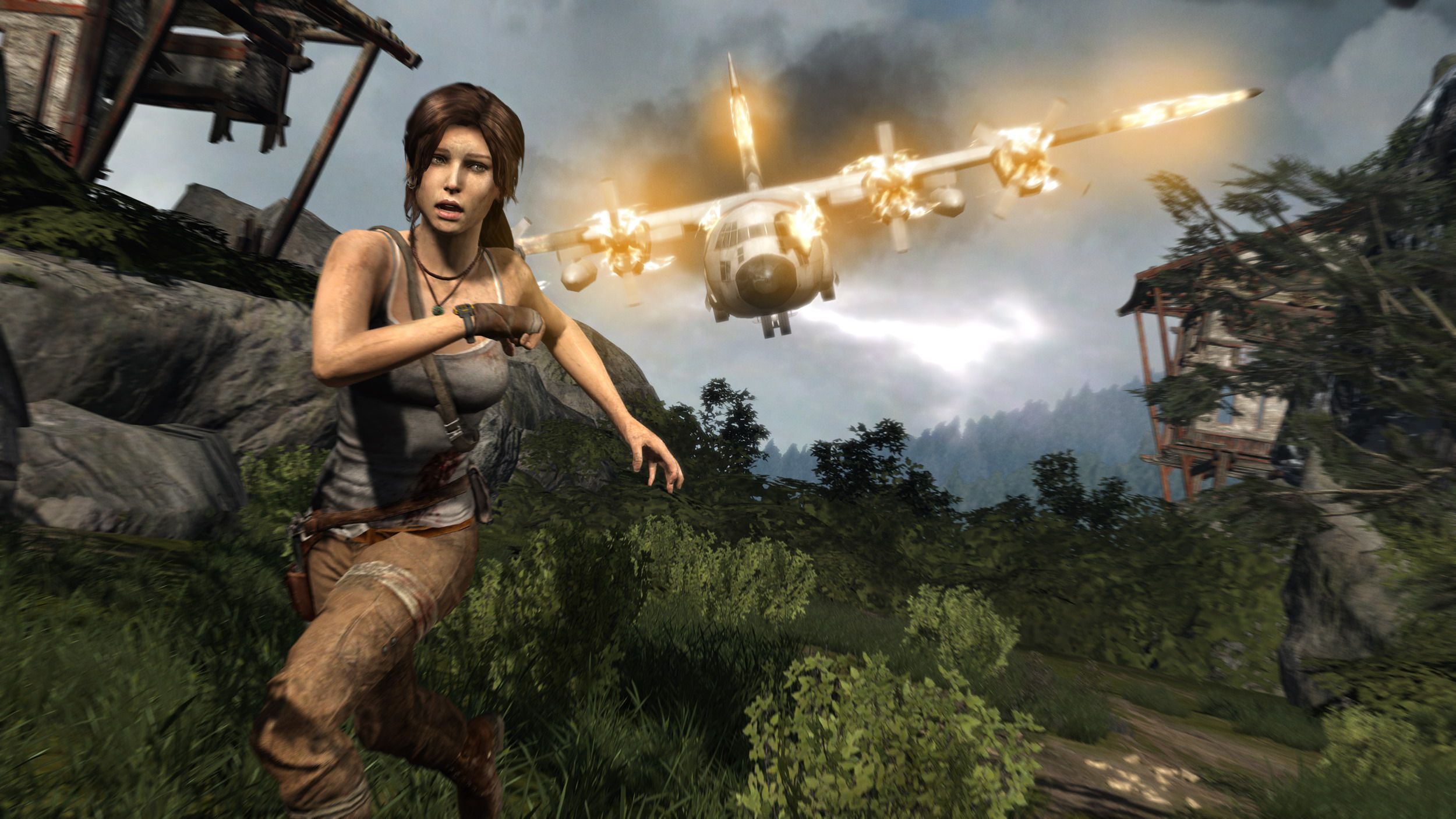
That's something that the team at Crystal Dynamics recognised a lot earlier than most people realise," reveals Meagan. "After finishing Legend the team split, and a small team took Tomb Raider: Anniversary and another took Tomb Raider: Underworld, and started working on that, but there was also a small group that was two people for a couple of years who sat and ideated the future of the franchise, Jason Botta and Tim Longo, before even entering preproduction. They knew that after Underworld, which would be considered the end of a trilogy, that something major needed to be done. They recognised after a while of exploration that an origin story made the most sense, and that letting the players see those moments where Lara was forged into the Tomb Raider would make her more relatable."
Of course, this reboot was many years away, and the two other projects would arrive sooner. The first of these was Tomb Raider: Anniversary. This was in competition with Core Design's final attempt to design a Tomb Raider game along a similar premise, though neither team necessarily knew that the other was in the running. Where Core had focused on the PSP, Crystal Dynamics had a multi-platform strategy that ultimately got the nod from the publisher. The resulting game was a loose remake of the original Tomb Raider in the new style. However, despite strong critical performance, good reviews didn't transfer into exceptional sales and it remains the series' commercial low point.
Crystal Dynamics had a multi-platform strategy that ultimately got the nod from the publisher. The resulting game was a loose remake of the original Tomb Raider in the new style.
For the larger team, Tomb Raider: Underworld was Lara Croft's first step into another new generation, this team targeting the Xbox 360 and PlayStation 3 as lead platforms. "One of the things we did with Underworld was that we ended up pushing the technology," recalls Noah. "We had full motion-capture actors rather than animation, which we hadn't done in the past, but we ended up with a similar moveset. But in some ways, the gameplay didn't move as far forward as the technology did." Indeed, Tomb Raider: Underworld did better upon its release in 2008 than Anniversary had managed, but it still didn't live up to the critical or commercial performance of Tomb Raider: Legend. Fortunately, the aforementioned foresight of the team meant that new plans had been laid for a reboot.
"We wanted to make sure we weren't falling into a ‘myth of the week' pattern—we wanted to make sure our stories were character defining and not just adventures to go on," recalls Noah. "We had also gotten feedback that Lara as a character didn't feel fresh to people, so there was a sense that there could be audience fatigue or a lack of relevance to her as a character, so we took the goal of evolving gameplay and invigorating her character story, but also making sure that on top of all of that, we were recreating a relationship between the character and the audience."
For the first time, we saw Lara Croft not as an adventurer, but as a newcomer to exploration whose experiences would test her very will to survive. "Part of the unrelatability of Lara was that because she had infinite money and was so skilled, of course she was going to win. We felt that we had to place her in a situation where she had to earn her success, and isolate her from the support that she had, to make you believe that she could lose a battle." This led to the introduction of survival mechanics, as well as character development through an experience system.

The reboot, simply named Tomb Raider, managed to take cues from popular action-adventure games, like the Uncharted series, while retaining the feel of a ‘Lara Croft' adventure. The approach worked well, as the game earned a fantastic reception—the reboot became the bestselling game in the series, with over eight-and-a-half million copies sold to date.
A follow-up was inevitable, and the pressure was on following the previous game's high sales. "It's always terrifying to have that amount of success, and we wanted to make sure it wasn't a fluke," Noah confides. "We looked at it as a challenge of how we figure out how to improve on that." Rise Of The Tomb Raider charts Lara Croft's growth in confidence following the events of the reboot. "In Tomb Raider you look at Lara's transition from being an explorer interested in the world to someone forced to survive," notes Will Kerslake, lead designer at Crystal Dynamics. "In Rise we continue that process, but we also see her choose to go on an adventure, so her character continues to evolve."
One of the things that the team was keenly aware of was the need to include more tombs for players to explore. "We did fill [the setting] with history," Noah recalls of the 2013 game, "but those layers were, for example, World War II, so they told stories a week before Lara got there, 50 years before Lara got there, and hundreds of years before she got there. But what we found was that because they weren't ancient places with ancient secrets, they weren't scratching that itch entirely." Rise Of The Tomb Raider initially launched on Xbox One, Xbox 360 and PC in 2015, and has recently launched on PlayStation 4, to a very positive critical reception that narrowly edges that of the 2013 reboot.
In many ways, Lara Croft's transformation into a survivalist is a fine way to represent Tomb Raider's journey. From a starting point of fame and fortune, the series has had to adapt to survive against a backdrop of sweeping changes in game design and consumer tastes, as well as the occasional misfortune. Against all of that, the people behind Tomb Raider have reinvented it over the course of two decades to remain one of the world's most beloved brands, and Lara Croft stands alone as the icon representing that monumental effort.
It's fair to say that Lara Croft is just as popular as she ever was. "Lara has transcended gaming in a way that I think no other character has—because of the movies, because she was considered a virtual model for a while—so I think she does hold a unique place in gaming history that I don't know if any other character could compete with," concludes Meagan—and it's very hard to disagree with her.
Special thanks to Ian Dickson, Ash Kaprielov, Alex Verrey and the organisers at replayevents.com for making this article possible.

